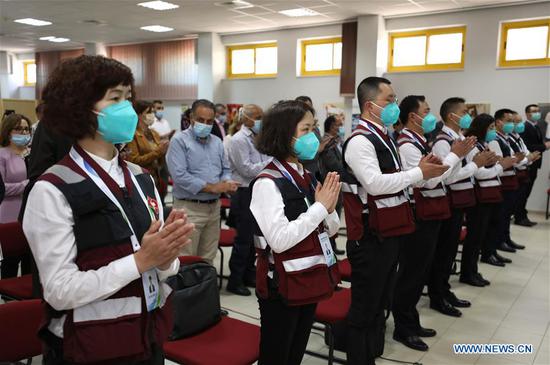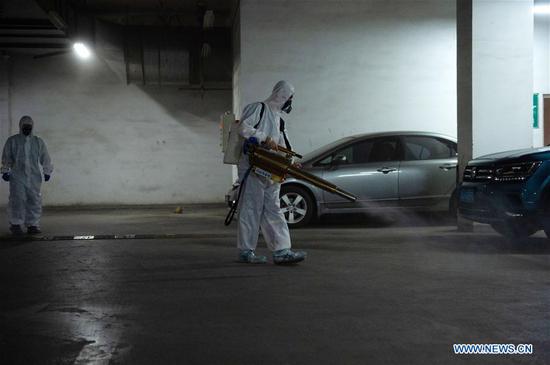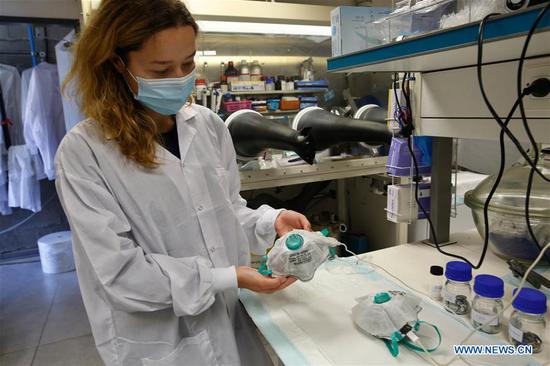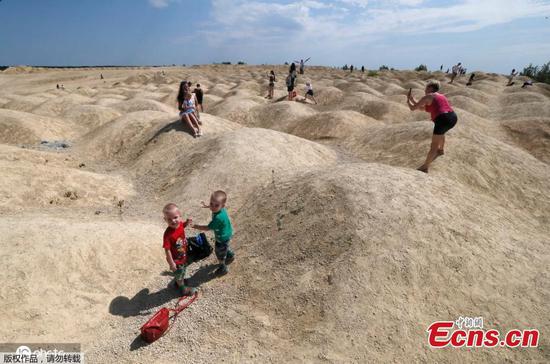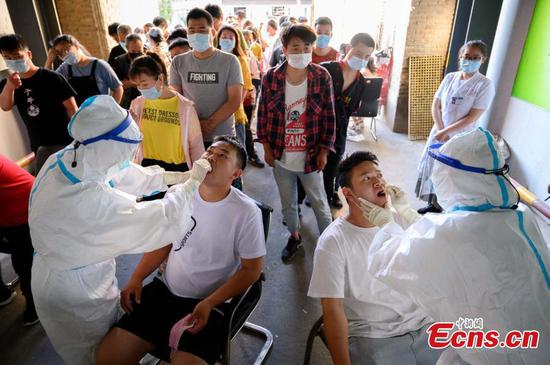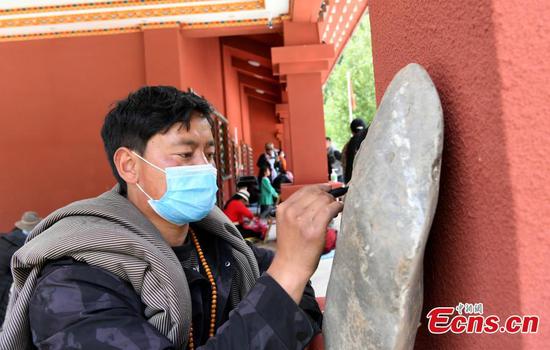An influential COVID-19 model produced by the University of Washington has raised its projections, forecasting more than 200,000 Americans could die of COVID-19 by Oct. 1.
The revised forecast from the university's Institute for Health Metrics and Evaluation (IHME) marks an increase of 30,000 deaths since last week's projection.
According to the model, cumulative COVID-19 deaths in the United States could reach 201,129 by Oct. 1, with a range of 171,551 to 269,395.
The number of daily deaths is expected to rise again in September after reaching a plateau in June.
The institute also projected an increase in the number of hospital beds and ventilators that will be needed starting in September.
"We're now able to look ahead and see where states need to begin planning for a second wave of COVID-19," said IHME Director Christopher Murray Thursday.
"We hope to see our model proven wrong by the swift actions governments and individuals take to reduce transmission," he said.
"If the U.S. is unable to check the growth in September, we could be facing worsening trends in October, November, and the following months if the pandemic, as we expect, follows pneumonia seasonality," Murray said.
More than 2.18 million confirmed COVID-19 cases have been reported in the Untied States as of Thursday evening, with over 118,000 deaths, according to data from Johns Hopkins University.
As many states plan to reopen educational facilities and further ease currently implemented restrictions on business operations and gatherings, spikes in new cases and hospitalizations have emerged.
On Tuesday, nine states -- Alabama, Arizona, Florida, Nevada, North Carolina, Oklahoma, Oregon, South Carolina and Texas -- had reported either new single-day highs or set a record for seven-day new case averages.
Experts said further improving health and safety measures will be crucial to reducing the risk of widespread resurgence.
"There are blueprints that will allow businesses and schools to open safely. If they follow these blueprints it will be possible to operate safely," Robert Schooley, a professor of medicine with the Division of Infectious Diseases and Global Public Health at the University of California, San Diego, told Xinhua.
He warned that in some places in the country, where public health measures are not taken seriously, the population will be at a "significantly increased risk" for a resurgence of the disease.
"The priorities need to be helping the public understand that the virus is real, the outbreak is real, the deaths are real... and that we do know what works to control SARS-CoV-2," Schooley said.























